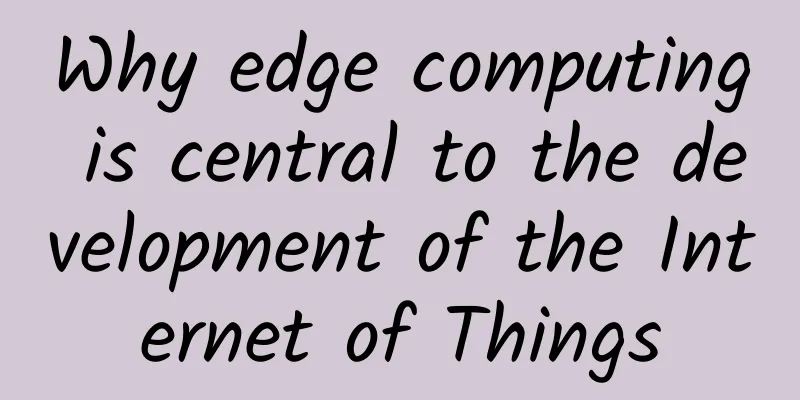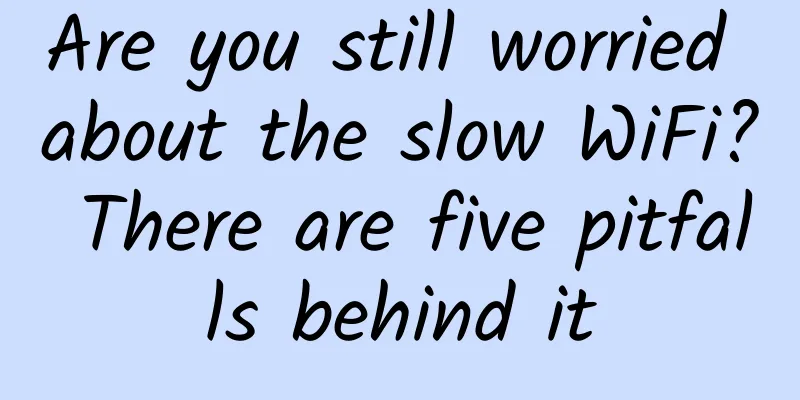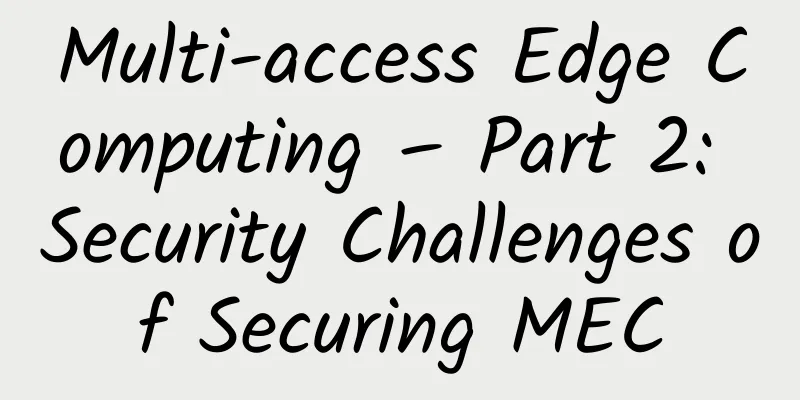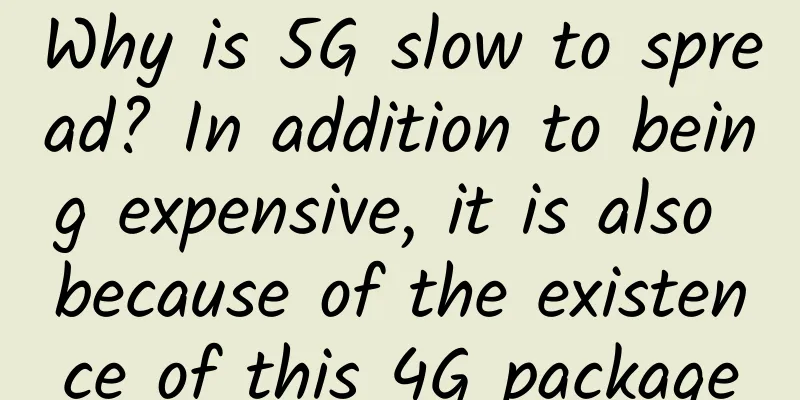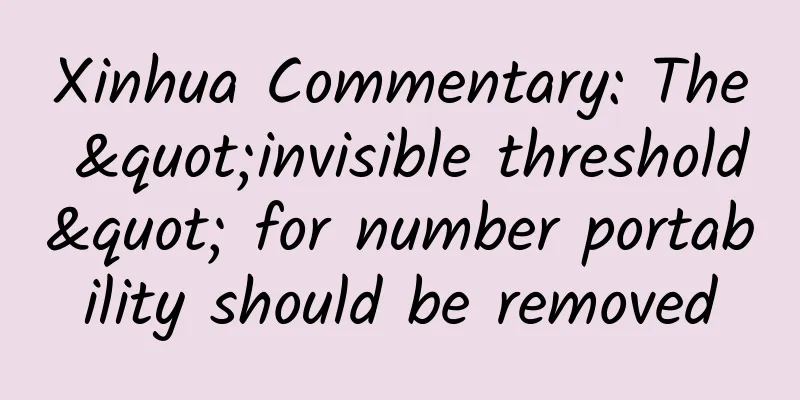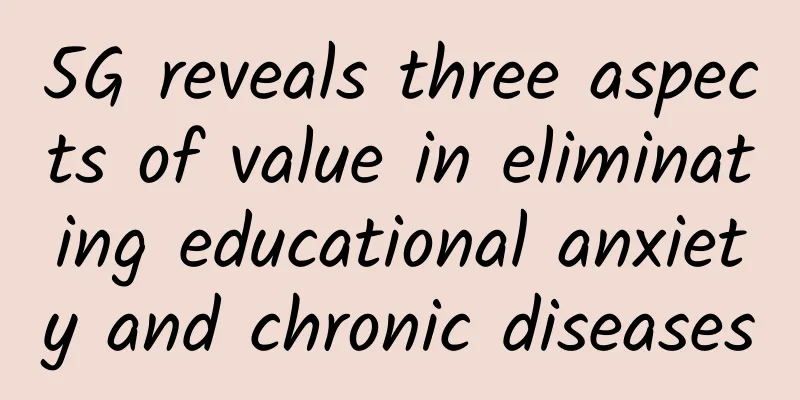5G commercial use is still not good enough in the past two years? Is 5G really useless?

|
Before we knew it, 5G has been officially commercialized for nearly two years. New mobile phones have become standard with 5G support. Operators are also building 5G networks in full swing. Major cities have basically launched 5G network operations, and operators have also opened up 5G networks to 4G package users (with speed limits). If you bought a new phone in the past two years and live in a larger city, you can basically use 5G. 5G has been commercially available for almost two years However, some friends still have doubts about the actual effectiveness of 5G. The 3G era made WeChat and Alipay successful, and the 4G era made short videos popular all over the country. But 5G does not seem to bring any subversive experience except increasing power consumption. Some friends even think that 5G is useless, expensive and difficult to use. It will heat up and lose power if turned on, and it will be a waste if not turned on. Is this really the case? Why is the current 5G experience not good? When will 5G meet people's psychological expectations? Let's talk about it together. Does 5G generate a lot of heat and consume a lot of power?One of the biggest criticisms of 5G is that it generates heat and consumes power. As long as 5G is turned on, the phone seems to become a delicate hand warmer, and the power is like the Yangtze River and the Yellow River flowing into the sea and never returning. The reason for this is closely related to the current development status of 5G. The first is the 5G baseband. Compared with the 4G era, the mobile phone baseband in the 5G era needs to carry a higher-specification network, and the complexity and scale are also higher. Although the progress of the process can greatly reduce power consumption, the more complex design of the 5G baseband offsets the process advantage. Compared with the 4G baseband, it still shows more obvious heat generation and energy consumption. 5G baseband is more complex. With the current process, power consumption is still not negligible, but this problem will be solved with the advancement of semiconductor technology. On the other hand, the construction of 5G network is still not perfect, which also brings additional power consumption of 5G mobile phones. The strength of the signal will also affect the power consumption of the mobile phone to a large extent. The weaker the base station signal, the stronger the signal needs to be to try to maintain the network connection, and even switch back and forth between 4G and 5G. This is reflected in the actual experience of users, that is, more obvious heat generation and power consumption. At present, the 5G network is still under construction, and the number of base stations is still not enough. In addition, the 5G signal is easily blocked by obstructions due to the characteristics of high-frequency electromagnetic waves, resulting in the current 5G signal coverage is not satisfactory, which increases the power consumption of 5G mobile phones. 5G signal penetration is weaker, and more base stations are needed to ensure coverage. The current insufficient density of 5G base stations increases the power consumption of mobile phones. In fact, this dilemma has been repeated in history. When 3G and 4G networks were just rolled out and the corresponding mobile phones were just launched, it was normal at the time for mobile phones to become "power tigers" when turning on 3G and 4G networks. Obviously, these problems can be solved over time. The baseband process will be further upgraded, with lower power consumption and heat generation; and with the expansion of base station construction (600,000 new 5G base stations are planned to be built in 2021), signal coverage will be more complete, and 5G mobile phones will no longer need to work in weak signal environments for a long time, and power consumption performance is expected to be greatly improved. When 4G was first rolled out, the power consumption issues it faced were similar to those faced by 5G today. 5G speed is not fast enough?Another major problem with 5G is that many users feel that the speed is not that special. Although the 5G network has significantly improved data compared to 4G when the speed test app is turned on, the buffering will still occur in daily video and live broadcast scenarios, and there will be no lag when using 4G. Even in crowded places, such as bustling exhibitions, 5G still has full signal and poor network speed. 5G speed test data is amazing, but the actual experience is not that different One of the major selling points of 5G is its high bandwidth and base station capacity, which are far superior to 4G networks. However, at present, this does not seem to bring about a qualitative leap in network speed. In fact, the bottleneck here is not 5G, but optical fiber. Whether it is 4G or 5G, network communications after the base station still need to be completed via optical fiber. In the face of the skyrocketing demand for the Internet in China, the construction of network backbones and nodes such as optical fiber is still stretched. This affects not only mobile networks such as 5G, but also wired networks such as home broadband. This bottleneck is also obvious. For example, everyone can feel very intuitively that no matter how fast the broadband at home is, the speed of watching high-definition video buffering and network disk downloads is still not always satisfactory. In many cases, the speed of the Internet is not only related to your bandwidth. A certain network disk is a typical example. Improving the terminal access network specifications may not be effective. Due to the explosive growth in Internet demand, current network resources, especially backbone and core network resources, have been unable to keep up with the demand. Some secondary operators have a nominal network speed of hundreds of megabits, but in reality, they can't even open some websites, and download speed is zero. In mobile networks, although 5G's bandwidth and base station capacity have been greatly improved, the optical fiber at the back end of the base station can hardly match such high specifications all the time - let alone 5G, even for 4G, I believe that few people can run the full 150-megabit peak. Even with the increasing demand, the 4G network speed has regressed, so much so that there are rumors that operators are artificially limiting the speed of 4G in order to promote 5G - of course, this is just a rumor. In the final analysis, both 4G and 5G are only the end of the network connection, and the improvement of the terminal access network is not enough to solve all the bottlenecks of the network. In short, if you feel that the 5G network speed is not fast enough, the main reason is often not 5G itself. With the further upgrading of Internet applications, network resources will become more and more tight. I hope that the development speed of the backbone network can keep up with the times. 5G charges are not cheap?5G charges are not cheap, which is a major reason why many friends still stick to 4G packages and do not upgrade to 5G packages. At present, although 5G charges have been greatly reduced, compared with 4G packages that cooperate with Internet companies and can be priced as low as a dozen yuan, the cost performance is still inferior. However, although it is not wrong to regard this as a disadvantage of 5G, it is also foreseeable that this disadvantage will be eliminated quickly in the future. Just looking back at the history of 4G tariffs, it is not difficult to find that at the beginning of the commercialization of the new generation of communication technology, the tariffs were higher than before; and as time goes by, the tariffs will no longer be a problem. This is the price of China Mobile's 4G Feixiang package in 2017. Looking back, the price is also very exaggerated. Take the 4G network as an example. The 4G network was officially put into commercial use in March 2014. Three years later, in 2017, the 4G tariff still required about 100 yuan to provide 2 or 3GB of monthly traffic. A package of similar level may only cost a dozen yuan nowadays. The current 5G package has also undergone several price cuts. Now there are even monthly packages that can provide 20GB of traffic for more than 30 yuan. Although it is only a limited-time discount, it also reflects the general trend. This tariff level will drop significantly in the next one or two years, and the tariff of 5G packages will become less and less of a problem. 5G packages are becoming more affordable What's more, even if you use a 4G package, you can actually use the 5G network if you use a 5G phone, but the maximum speed is limited to 300 megabits. As mentioned earlier, due to the congestion of the backend network, it is actually difficult for us to reach the bottleneck of the mobile network. In this way, even at present, the actual charges for 5G networks are not high. In short, the cost of using 5G networks is not high, which is not a reason for people to reject 5G. The fact that 5G charges are not cheap is just an urban legend. 5G lacks application scenarios?This is probably the most common argument used by many 5G opponents. Judging from the test data, 5G is indeed better than 4G at present, but the problem is that it does not seem to bring any qualitative changes in the experience. Innovations in mobile network technology often bring new application scenarios and subvert people's daily lives. Compared with 3G, which made WeChat and Alipay popular, and 4G, which made Douyin and Kuaishou popular, 5G has not made much progress in spawning new application scenarios. At present, the applications that require the highest network on daily mobile phones are still online videos, video conference chats, and live video broadcasts. The cloud games and cloud applications promoted at the beginning of 5G commercial use are still not mainstream. Of course, 5G is more than enough for these needs, but 4G is not bad either. In this situation, people do not have much motivation to switch to 5G. 4G can already meet the basic needs of current cloud gaming A large part of the reason for this is the network bottleneck mentioned above. Although 5G provides greater bandwidth and lower latency than 4G, the server resources of the current applications cannot satisfy 5G's appetite. But is 5G completely useless now? In fact, judging from some recent trends, 5G is gradually showing its value. For example, online video specifications are getting higher and higher. 4K and HDR bring higher picture quality, but also bring higher network bandwidth requirements. As screen specifications improve, the picture quality advantages of high-specification videos will become increasingly obvious. For example, giants such as Tencent, NetEase, and Mihoyo have all invested in cloud gaming. 5G's lower latency and higher bandwidth have inherent advantages in such applications... Short video apps like Tik Tok have announced support for 2K resolution, and previously supported 60 frames and HDR. 4G will become increasingly overwhelmed in the future. 4G is certainly capable of handling these new application scenarios, but 5G can do things more perfectly, just like how 3G could also watch videos, but 4G was smoother. As the times change, even if the application scenarios remain the same, the natural improvement of the application scenario specifications will make the advantages of 5G more and more obvious. So, in addition to the advantages of some current applications, will 5G lead to a new application ecosystem? For example, will the Internet of Vehicles, Internet of Things, Industrial Internet, and even VR and AR, which were previously widely publicized by some media, be the main battlefields of 5G? I think it is difficult to draw a definite conclusion in the short term. First, applications such as the Internet of Vehicles do not only depend on 5G itself, and mobile networks are only part of the ecosystem; second, in many fixed environments, such as factory workshops, homes, etc., WiFi with better network quality than 5G can be widely covered. Since WiFi may not necessarily promote various new network applications such as remote production and remote surgery, we should not be too demanding on 5G. 5G is only a part of the technological system. 5G is the future, but the future does not rely solely on 5G. In other words, 5G has obvious performance advantages over 4G. Even now, 5G's performance is better than 4G when dealing with some high-load network applications. Although the advantages of 5G may not be prominent enough at present, as time goes by, the potential of 5G will be further explored. According to past experience, new Internet applications will also be born. Everyone can be more patient. SummarizeAt present, 5G is still in its infancy, and the experience is still flawed, which is understandable. As supporting facilities mature, 5G will increasingly demonstrate its advantages. After solving problems such as baseband technology and base station coverage, it is highly likely that it will bring an experience better than 4G. At present, the price of 5G mobile phones has dropped to the thousand-yuan level, and traffic charges are constantly falling. The threshold for 5G has become lower and lower. Let us wait and see the future! |
<<: Saving 5G, starting with removing the pull-down 5G switch?
>>: Why has the Bluetooth technology, which was almost forgotten, remained strong until now?
Recommend
Four-stage hierarchical optimization to solve 5G network optimization challenges
With hundreds or even thousands of parameter comb...
The 2020 Third Dual-State IT Beijing User Conference concluded successfully!
On January 11, 2020, the 2020 Third Dual-State IT...
About edge computing: Is it right for your business?
Like most emerging IT trends, "edge computin...
E-commerce past | Farewell to public domain traffic
[[420018]] It is not difficult to see that 2020 i...
Three experts appeared at the machine learning venue of the WOT AI Summit, revealing how AI empowers industry applications
[51CTO.com original article] In 2018, artificial ...
Yecao Cloud: Hong Kong independent server starting from 199 yuan/month, optional BGP/CTGNet/Huawei Cloud line
The blog has shared Yecaoyun product information ...
my country has initially built the world's largest 5G mobile network
"Since the implementation of network speed-u...
Ministry of Industry and Information Technology: my country has built and put into operation a total of 1.425 million 5G base stations
At 10 a.m. on January 20, 2022, the State Council...
There are many "roadblocks" blocking the way for the full popularization of 5G. When will it be possible?
Now everyone is talking about 5G, just like when ...
VULTR is free as long as you charge (valid for 12 months), 19 computer room KVM monthly payment starts from 3.5 USD (support hourly billing)
VULTR has long been offering free registrations f...
How will the two major operators' competition to upgrade IPv6 affect me?
On May 21, at the 2018 Global Next Generation Int...
Behind the surging IPv6, how much do you know about the DHCPv6 protocol?
With the popularization of IPv6 technology, DHCPv...
With the support of 5G, the education industry is ushering in intelligent transformation
In 2020, my country's 5G network construction...
4 ways 5G will change our lives
5G technology is being rolled out in many countri...
Edge computing is the driving force for enterprise IT transformation in the next decade
According to forecasts, the number of 5G subscrib...




